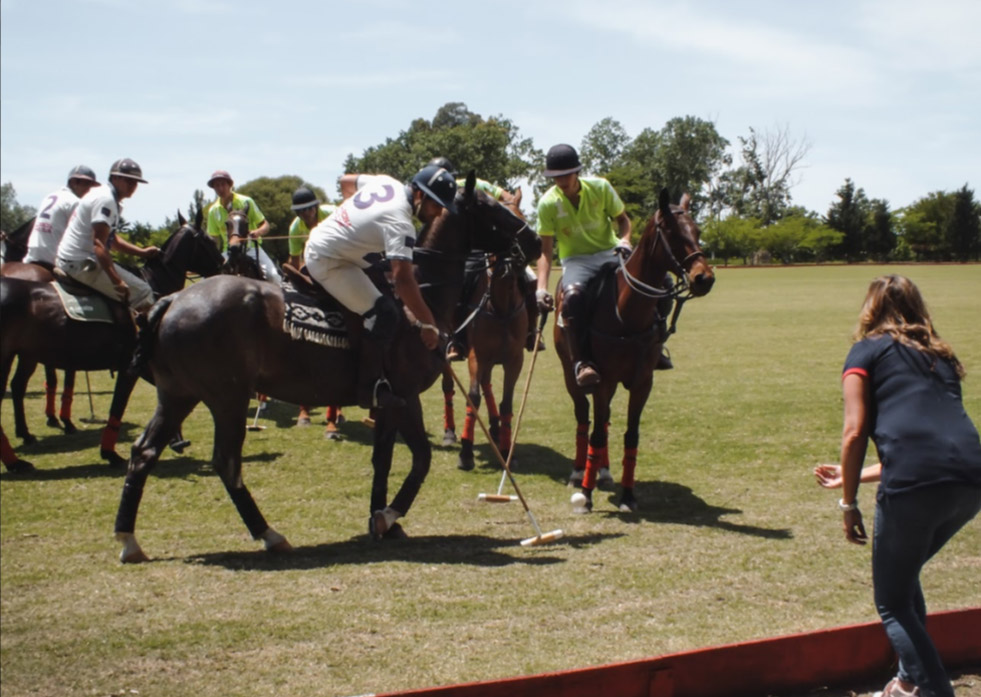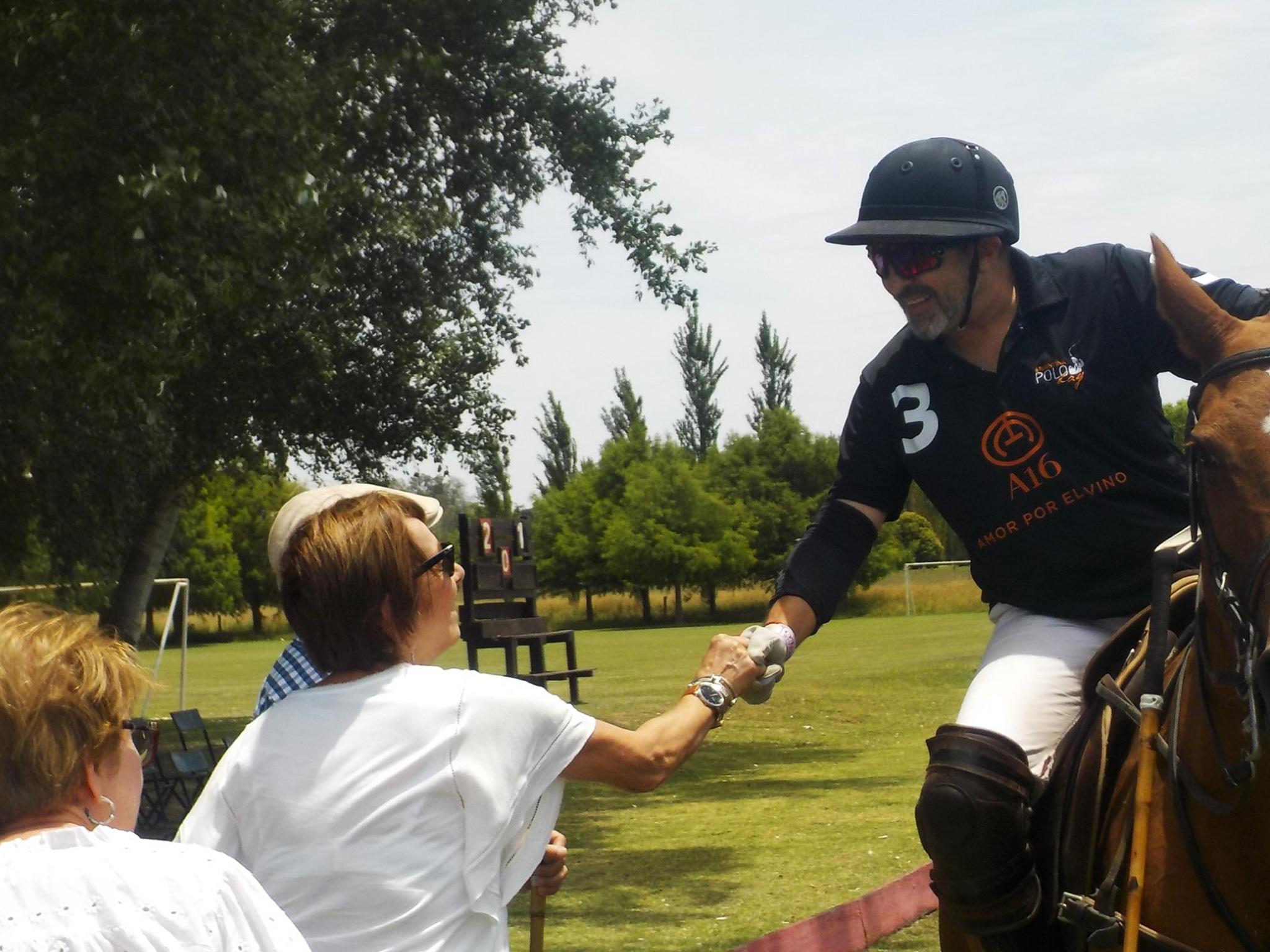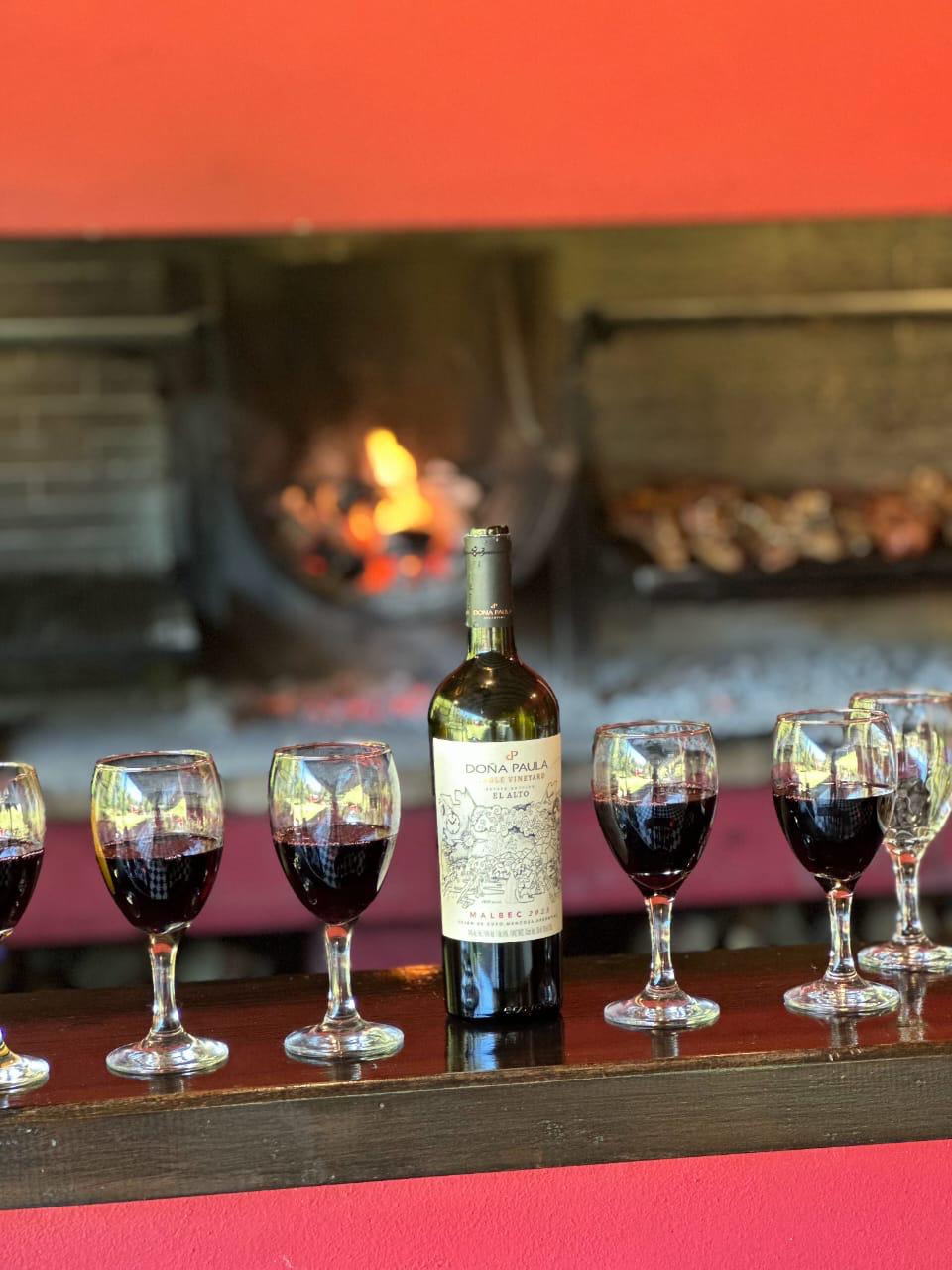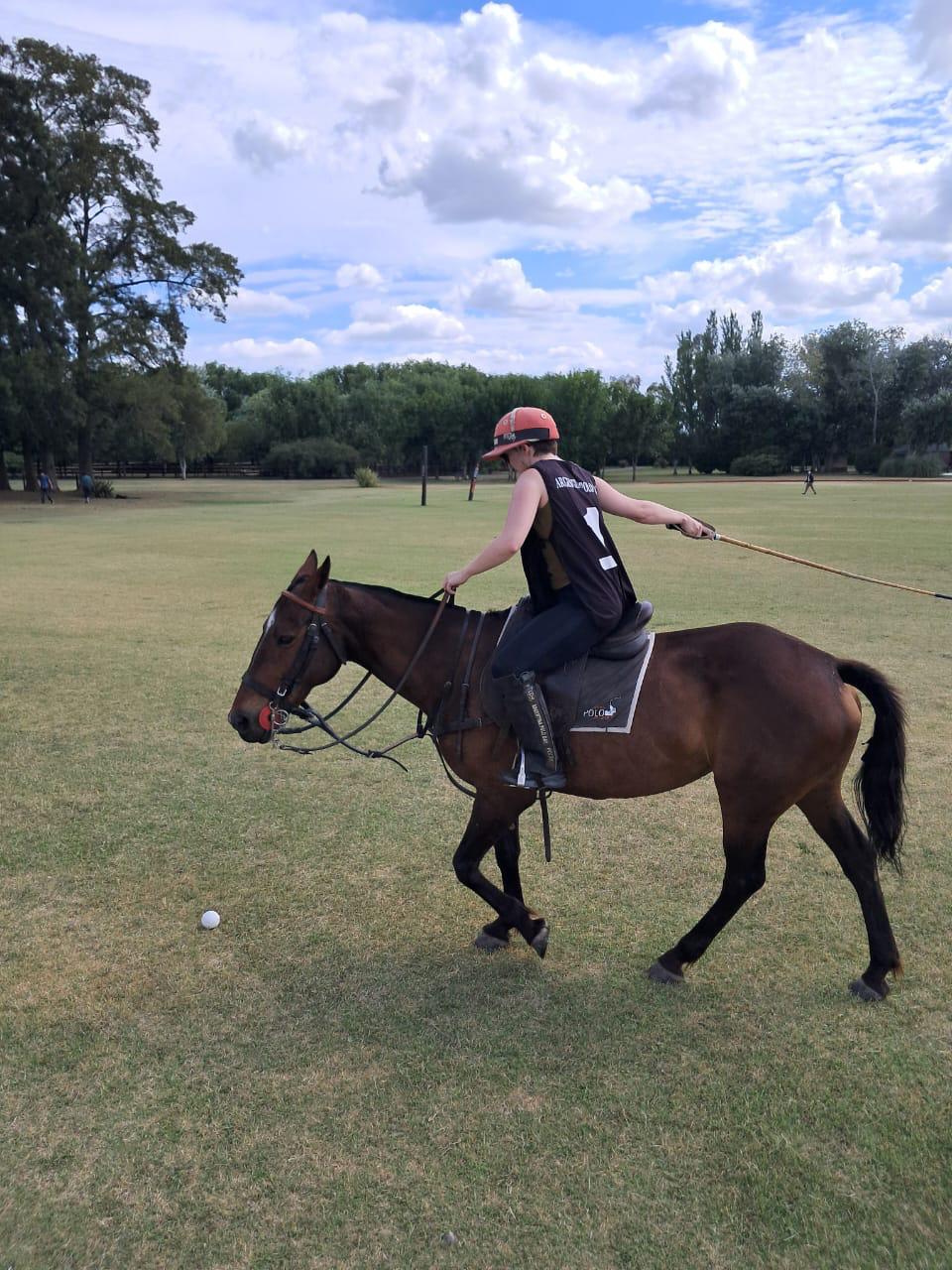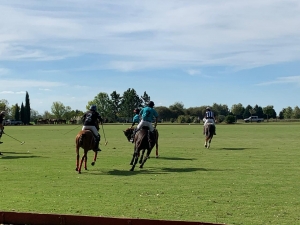-
Después de ser gastronómico se puede manejar un aeropuerto - 14 agosto, 2025
-
DÍA DE ESTANCIA, ASADO Y POLO - 12 agosto, 2025
-
Discover Argentine Polo and Argentina Polo Day: FAQs - 11 agosto, 2025
-
What are Polo Day and Polo Night - 10 julio, 2025
-
What Are the Basic Rules of Polo? - 27 junio, 2025
-
Creando experiencias de alto valor - 6 junio, 2025
-
Encuentro positivo y productivo con Marca País Argentina - 6 mayo, 2025
-
Polo, vino y tradición: una colaboración que destaca lo mejor de Argentina - 8 abril, 2025
-
What Equipment Is Needed to Play Polo? - 25 marzo, 2025
-
Argentina Polo Day Magazine #4 - 14 marzo, 2025
Horses’ Ears Have a Lot to Say
Horses’ ears have a lot to say. First, we should bear in mind that horses can communicate through their ears. Now that we know that, here are some examples of what this means:
- Ears forward and relaxed, it means it is interested in what’s happening ahead, it’s quiet and paying attention.
- Ears heading straight ahead, it’s anxious, observing something that is grabbing it attention and it’s evaluating it.
- Ears to the side (one at the time or both), it’s grabbing attention to what’s going on in that direction.
- Ears back but relaxed, it’s paying attention to what’s going on at the back.
- Ears straight back, it’s anxious or angry with something happening behind it.
- Ears dropping off, it may be tired and relaxing itself or napping. It can also mean sadness or sickness.
- Ears pressed against his neck, it is very angry. You have to be careful because it is ready to fight with a kick or a bite.





